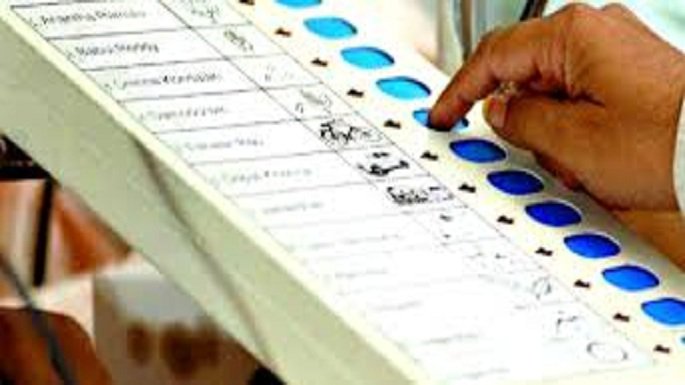TRENDING TAGS :
The Price of Democracy: The Cost of Organizing Lok Sabha Polls
Explore the financial dynamics behind organizing Lok Sabha polls, from the historic growth in costs to the budget breakdown encompassing EVM procurement and Election Commission expenses.
EVM
As the buzz surrounding the upcoming Lok Sabha elections intensifies, it's essential to delve into the financial intricacies of organizing such a colossal democratic exercise. From the procurement of Electronic Voting Machines (EVMs) to the Election Commission's administrative expenses, the numbers tell a tale of India's vibrant electoral democracy.
Decades of Growth: The Economic Evolution of Lok Sabha Elections
From a modest Rs 10.5 crore in 1951 to a staggering Rs 3,870.3 crore in 2014, the financial footprint of organizing Lok Sabha elections has expanded exponentially. This growth aligns with the surge in India's electorate, swelling from 17.32 crore in 1952 to a monumental 91.2 crore eligible voters in 2019, solidifying India's position as the world's largest democracy.
Budget Breakdown: Where Does the Money Go?
The Central government shoulders the financial responsibility of conducting elections, covering expenses such as administrative costs for deploying poll workers, security personnel, setting up polling booths, procuring EVMs, and running awareness programs. However, the cost of the 2019 Lok Sabha polls is still awaiting an official report from the Election Commission.
EVMs: The Technological Backbone of Elections
Electronic Voting Machines (EVMs) have become integral to the democratic process since their introduction in 2004. The expenditure on procuring and maintaining these machines has seen a steady rise, especially in the 2023-’24 Budget. Initially allocating Rs 25 crore for EVMs, the latest Budget earmarked Rs 1,891.8 crore, with an additional demand of Rs 611.27 crore in the ongoing Winter Session.
EVM Lifespan and Procurement Trends
EVMs, with a lifespan of approximately 15 years, have witnessed substantial procurement over the years. As of March 2023, the Election Commission possesses 31.03 lakh ballot units and 22.15 lakh control units. The continued procurement of EVMs, totaling more than 13 lakh ballot units and about 10 lakh control units in 2018 and 2023, underscores the commitment to a smooth electoral process.
Election Commission's Growing Budget: Preparing for Democracy in Action
The Election Commission's budget has experienced consistent growth, escalating from Rs 236.6 crore in the year before the 2019 general elections to Rs 340 crore in the 2023-’24 budget. The supplementary demand for grants, amounting to Rs 73.7 crore, presented in the Winter Session signals the agency's preparations for the impending parliamentary polls.
Rising Scale of Lok Sabha Polls: A Democratic Spectacle
The burgeoning scale of general elections is reflected in the amplification of various factors, including the electorate, candidates, parties, polling booths, and constituencies. From 1952 to 2019, these numbers have witnessed exponential growth, underscoring the complex logistics and expenses involved in orchestrating India's democratic carnival.



